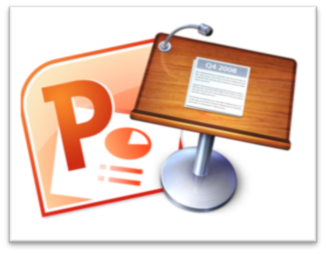PROS:
PowerPoint is a versatile tool that many lawyers use for creating trial graphics. It can be used to create visual aids that can help present arguments in a clear and concise way. While there are many tools available for creating trial graphics, PowerPoint is a popular choice due to its ease of use, flexibility, and accessibility.
Using PowerPoint for trial graphics can help simplify complex concepts and make arguments more compelling. For instance, you can use PowerPoint to create timelines, charts, graphs, and other visuals that can help illustrate key points. This is particularly important in cases where multiple parties, complex facts, or technical details need to be presented to the jury.
PowerPoint is also a great tool for creating demonstrative evidence. For instance, you can use it to create interactive maps or diagrams that can help explain complex concepts. You can also use PowerPoint to create animations that can help illustrate how a particular process works or how an accident occurred. This can help make your arguments more compelling and memorable.
Another advantage of using PowerPoint for trial graphics is that it is accessible to most people. It is a widely used software program that many people are already familiar with, which makes it easy to collaborate with others on trial graphics. Additionally, changing trial graphics as new facts emerge or the case evolves is easy.
When using PowerPoint for trial graphics, it is important to keep in mind the rules of evidence and the requirements of your jurisdiction. It is also important to keep the graphics clear and concise and to avoid using distracting or confusing visuals. The graphics should be used to support the argument, not to distract from it.
CONS/RISKS:
We have written extensively about the use of PowerPoint, and I encourage you to review the articles below.
- The 12 Worst PowerPoint Mistakes Litigators Make
- How PowerPoint Failures in Demonstrative Evidence Can Sink a Case
- The Redundancy Effect, PowerPoint and Legal Graphics
- Why Reading Your Litigation PowerPoint Slides Hurts Jurors
- Do Professionally Designed PowerPoint Slides Get Better Results?
- 12 Ways to Eliminate "But I Need Everything On That PowerPoint Slide"
- How to Make PowerPoint Trial Timelines Feel More Like a Long Document
- How Much Text on a PowerPoint Slide is Too Much?
- Don't Use PowerPoint as a Crutch in Trial or Anywhere
- 7 PowerPoint Trial Presentation Secrets Revealed
- 16 PowerPoint Litigation Graphics You Won't Believe Are PowerPoint
- Environmental Litigation and PowerPoint
- The Effective Use of PowerPoint Presentation During Opening Statement
- Why the “Build” Approach Is Often Preferable to the “Static” Approach to Data
- Lawyer Delivers Excellent PowerPoint Presentation






Leave a Comment